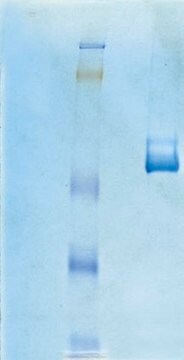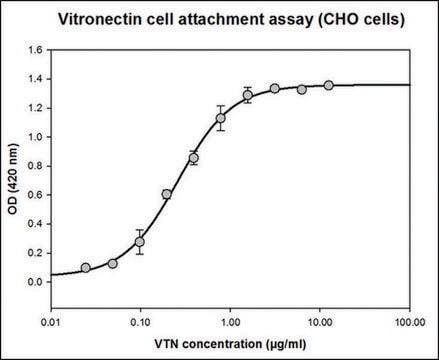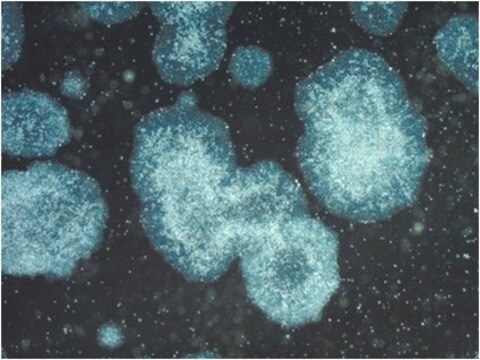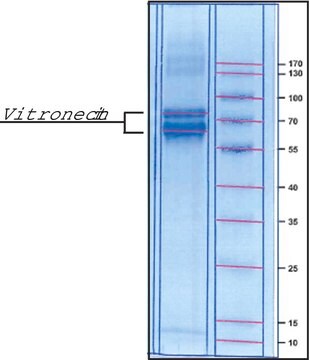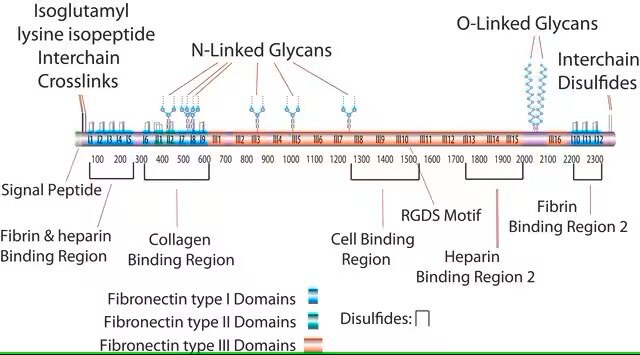5051
Human Vitronectin
from human plasma, liquid, 0.5 mg/mL, suitable for cell culture
Sinônimo(s):
Cell adhesion protein, ECM protein
About This Item
Produtos recomendados
Nome do produto
Vitronectin, from human plasma, suitable for cell culture, solution
fonte biológica
human plasma
Nível de qualidade
esterilidade
sterile-filtered
Ensaio
>95%
Formulário
solution
peso molecular
75 kDa
embalagem
pkg of 0.1 mg
concentração
0.5 mg/mL
técnica(s)
cell culture | mammalian: suitable
solubilidade
water: miscible
nº de adesão UniProt
Condições de expedição
dry ice
temperatura de armazenamento
−20°C
Informações sobre genes
human ... VTN(7448)
Descrição geral
Vitronectin′s primary use in cell culture is related to cell adhesion. It also binds to heparin and collagen.
Vitronectin is ideal for coating of surfaces. The optimal concentration for cell attachment and culture may differ for various cell types. Vitronectin has been used at a final coating concentration as low as 50 ng/cm2 on plasticware. It is provided in user-friendly packaging for use and storage. Vitronectin is sterile filtered and is supplied as a ready to use solution after thawing and concentration adjustment.
Ações bioquímicas/fisiológicas
Nota de preparo
Exoneração de responsabilidade
Código de classe de armazenamento
10 - Combustible liquids
Ponto de fulgor (°F)
Not applicable
Ponto de fulgor (°C)
Not applicable
Escolha uma das versões mais recentes:
Certificados de análise (COA)
Não está vendo a versão correta?
Se precisar de uma versão específica, você pode procurar um certificado específico pelo número do lote ou da remessa.
Já possui este produto?
Encontre a documentação dos produtos que você adquiriu recentemente na biblioteca de documentos.
Os clientes também visualizaram
Artigos
Extracellular matrix proteins such as laminin, collagen, and fibronectin can be used as cell attachment substrates in cell culture.
Nossa equipe de cientistas tem experiência em todas as áreas de pesquisa, incluindo Life Sciences, ciência de materiais, síntese química, cromatografia, química analítica e muitas outras.
Entre em contato com a assistência técnica